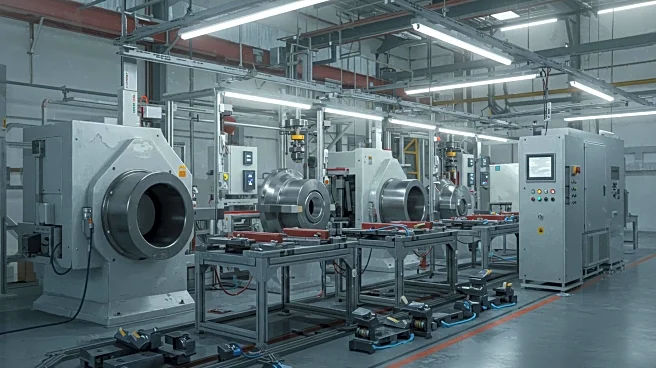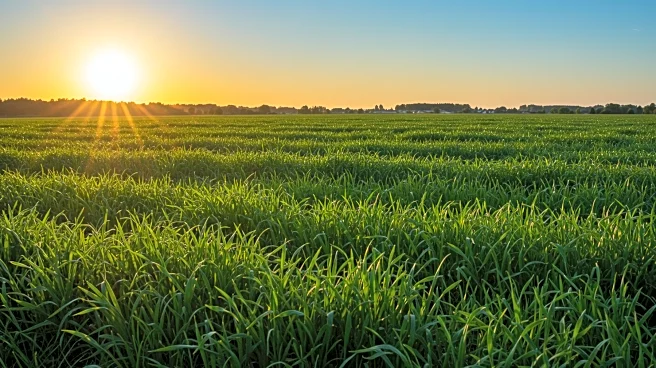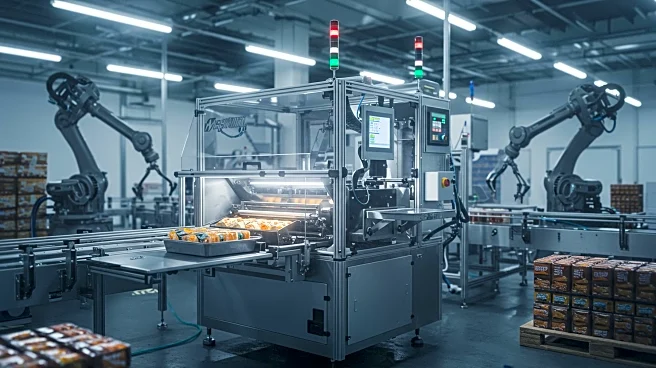Rapid Read • 8 min read
The global flexible film market, valued at USD 115.4 billion in 2023, is expected to grow to USD 167.3 billion by 2030, with a compound annual growth rate (CAGR) of 5.4%. Flexible films, made from polymers such as BOPP, CPP, and polyester, are increasingly replacing rigid packaging solutions due to their superior barrier properties, durability, and printability. Innovations in recyclability and bio-based materials are enhancing their appeal. Major players like Amcor and Mondi are developing eco-friendly films, while Dow Chemical has introduced BOPE resins with post-consumer recycled content. Jindal Poly Films is expanding production capacity in India to meet rising demand in food, pharmaceutical, and e-commerce sectors.
AD
The shift towards sustainable packaging is a significant driver for the flexible film market. With global bans on single-use plastics, manufacturers are investing in mono-material films that are easier to recycle. The food packaging sector is the largest consumer, utilizing films to extend shelf life and reduce material usage. The market's growth is also fueled by advancements in active and intelligent packaging films, expansion in electronics packaging, and increased use in agricultural films. However, challenges such as raw material price volatility and complex recycling processes for multi-layer films pose environmental concerns and regulatory scrutiny.
The flexible film industry faces several challenges, including technical limitations in achieving equivalent barrier properties with sustainable materials and overcapacity in certain regional markets. Supply chain disruptions affecting specialty film additives and competition from alternative packaging solutions like molded fiber are also concerns. The industry must navigate these obstacles while continuing to innovate and meet sustainability mandates. The focus will likely remain on developing high-performance films for industrial applications and expanding into new markets driven by urbanization and retail sector growth.
The flexible film market's transformation towards greener solutions reflects broader environmental and regulatory trends. The industry's push for sustainability aligns with global efforts to reduce plastic waste and promote eco-friendly practices. This shift may lead to long-term changes in packaging standards and consumer expectations, influencing other sectors to adopt similar sustainable approaches. The development of intelligent packaging films with embedded sensors could revolutionize product tracking and quality assurance, offering new opportunities for innovation.
AD
More Stories You Might Enjoy











